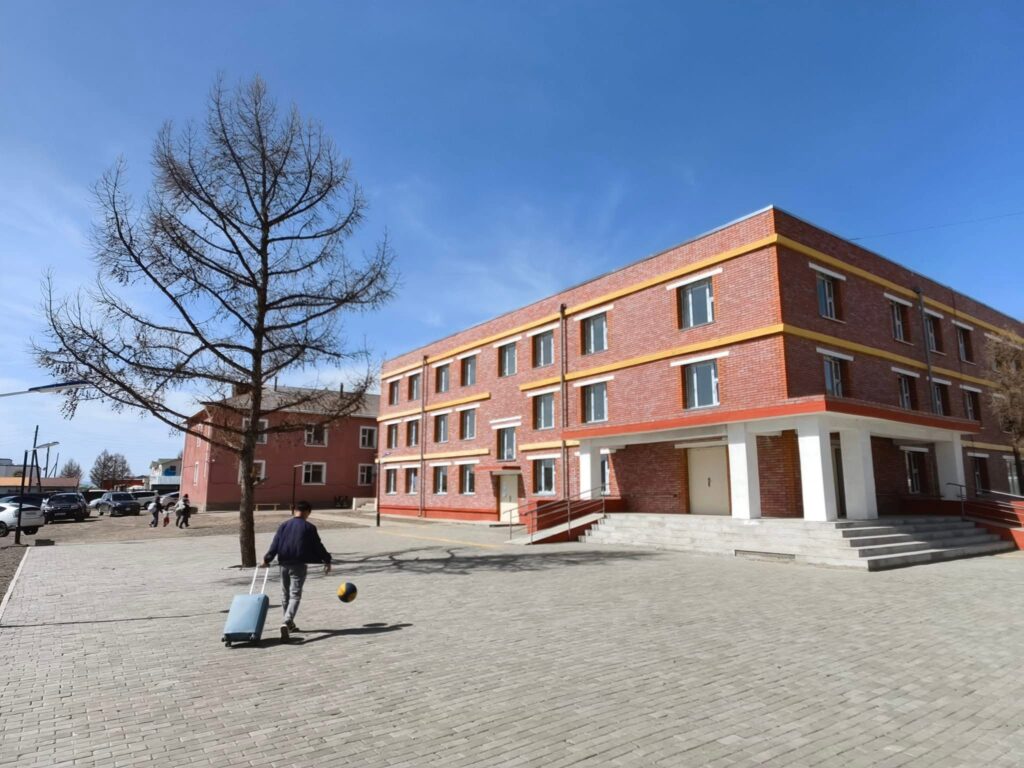We traveled over 600 kilometers from Ulaanbaatar to Khutag-Undur not just to study sociology, but to experience it and to see how social structures play out in everyday life, and how one small rural school can reflect broader questions of care, connection, and access across Mongolia.
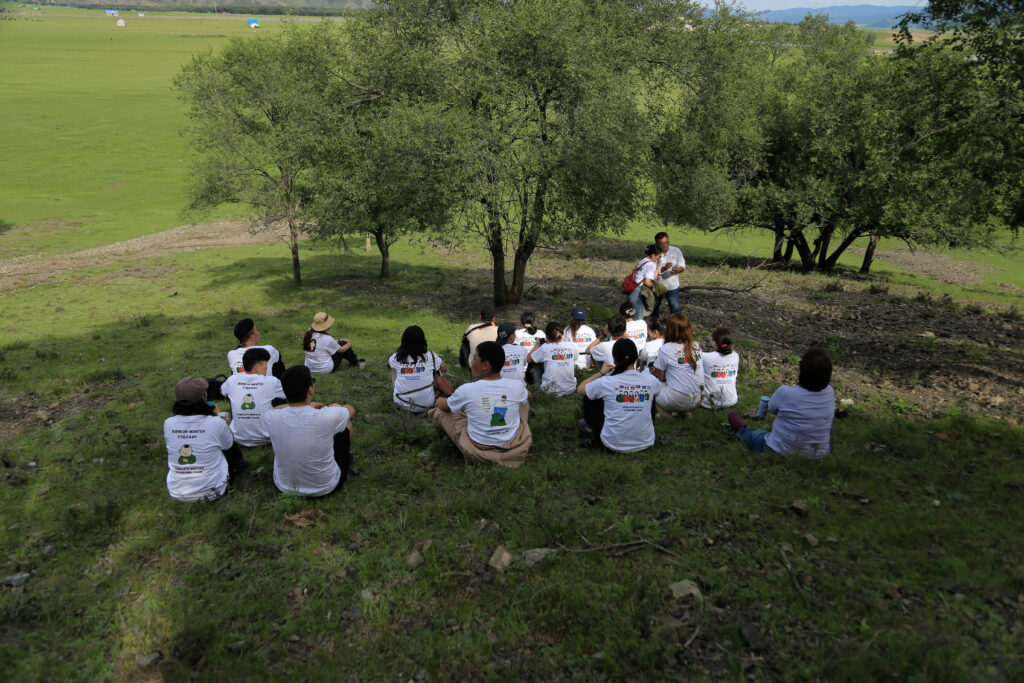
How it started
During the summer of 2024, I had the opportunity to participate in the Sociology Summer School, a program I joined with the hope of deepening my understanding of rural life, exploring the lived experiences of people in different communities, and connecting with fellow students and professors from my home country. The program provided me with two key dimensions of learning and experience — one grounded in theory, the other in fieldwork.
Our deep dive into sociology began in Ulaanbaatar, where esteemed professors from the National University of Mongolia introduced us to core theoretical concepts. For participants like me — coming from a different academic background, with no formal training in sociology but a deep curiosity and a foundation built through personal study and lived experience — these sessions offered a meaningful foundation in sociological thinking, the dynamics of community development, and the intricate layers of Mongolia’s diverse social structure.
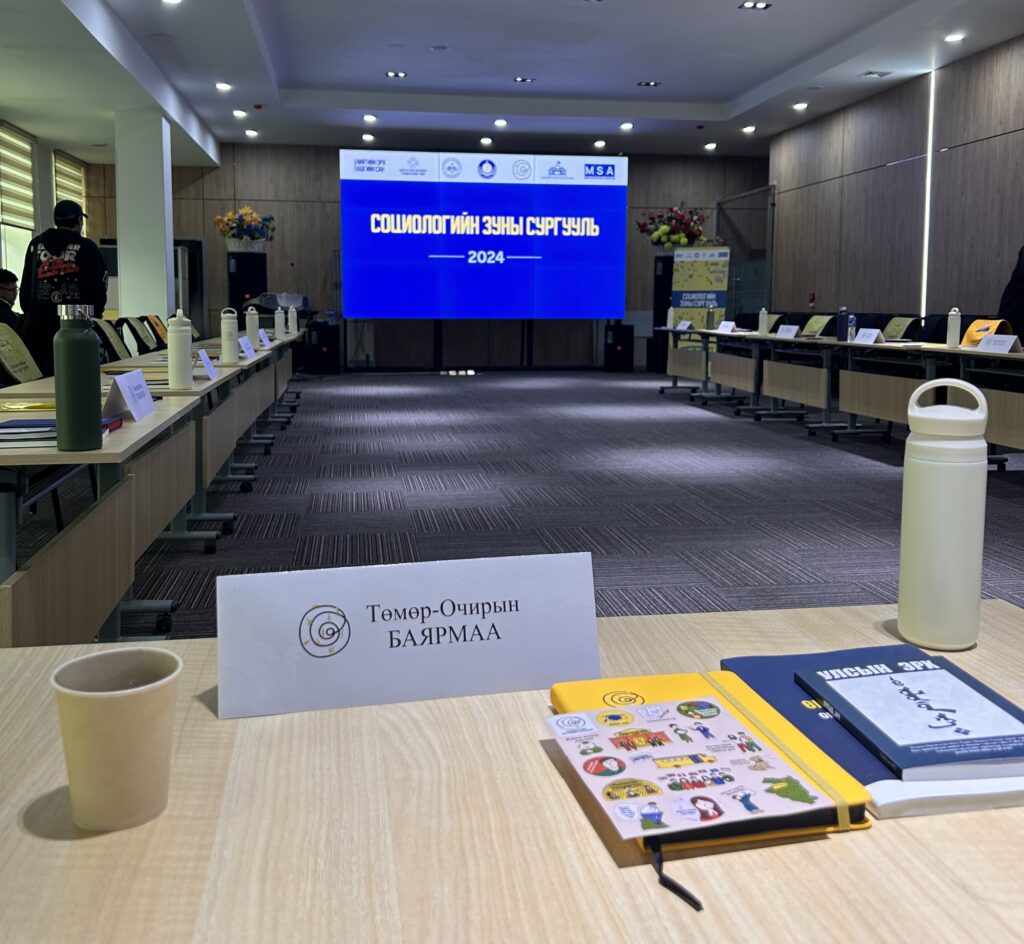
The journey to Khutag-Undur
We traveled over 600 kilometers from Ulaanbaatar, Mongolia’s capital, to Khutag-Undur soum — one of the smallest administrative units in the country, home to around 1,220 families and 4,700 people. Remarkably, nearly one-third of the population is between the ages of 0 and 16. The village stretches in a long, narrow line along the main road, surrounded by beautiful natural landscapes, modest one- to two-story buildings, and clusters of traditional gers (Mongolian yurts). The largest building in town is the two-story secondary school and its adjoining dormitory, the very place we stayed during our fieldwork.
Stepping into the dormitory rooms felt like stepping back in time; the interior was among the oldest I had ever seen. Each room had two bunk beds and shared two bathrooms per floor. Though the dormitory was built to accommodate 100 students, it serves a vital purpose: housing children of herding families who live hundreds of kilometers away in the countryside. In reality, about 330 children of herders attend this school, and due to limited dormitory space, most have to stay with relatives in the village center during the academic year.
Due to the limited number of bathrooms in the dormitory, many students rely on the school building to use the restroom. Since there are no shower facilities in the dormitory, they also have to use public bathhouses in the soum.
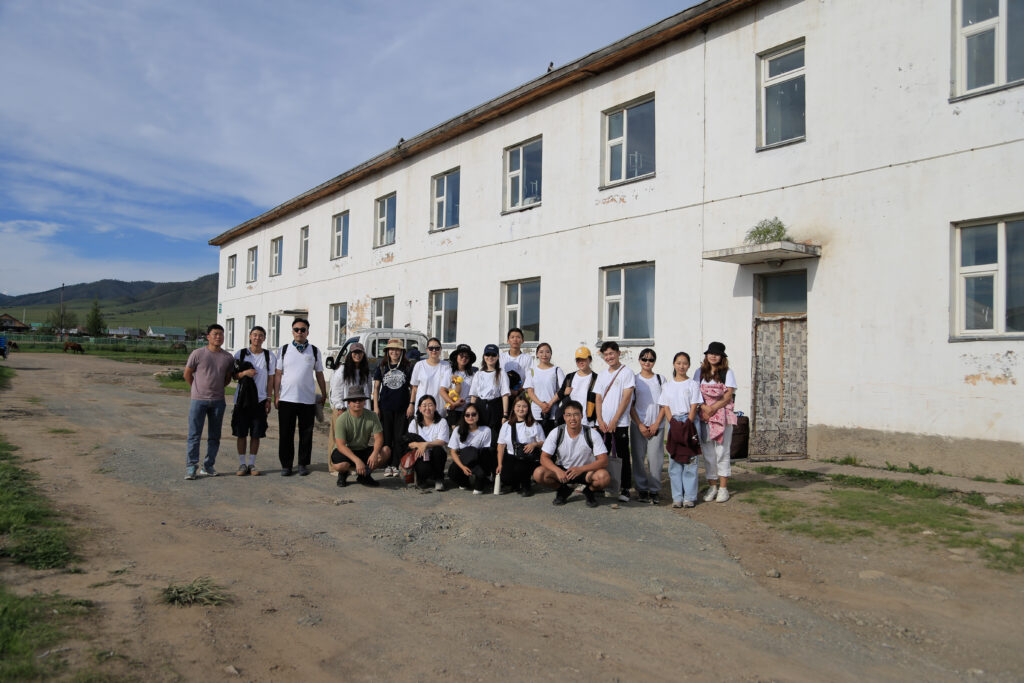
The first day
On our first morning in Khutag-Undur, after settling into the school dormitory, we were divided into four teams — each assigned to explore a different quadrant of the soum: northeast, northwest, southeast, and southwest. As we walked, we spoke with local residents and observed the rhythms of daily life. Back at the dormitory, we came together to create a community map and supplemented our findings with online research to better understand the broader context of the area.
Khutag-Undur is a rural soum nearly 600 kilometers from Ulaanbaatar, with an economy based on animal husbandry and agriculture — mainly livestock, potatoes, and vegetables. It’s divided into five micro regions, each with distinct economic activities like furniture making, leatherwork, and flour milling. Spanning 560,000 hectares of pasture and forest, the soum has key infrastructure, including a school, hospital, cultural center, and bank branches. Internet and mobile access are steadily improving.
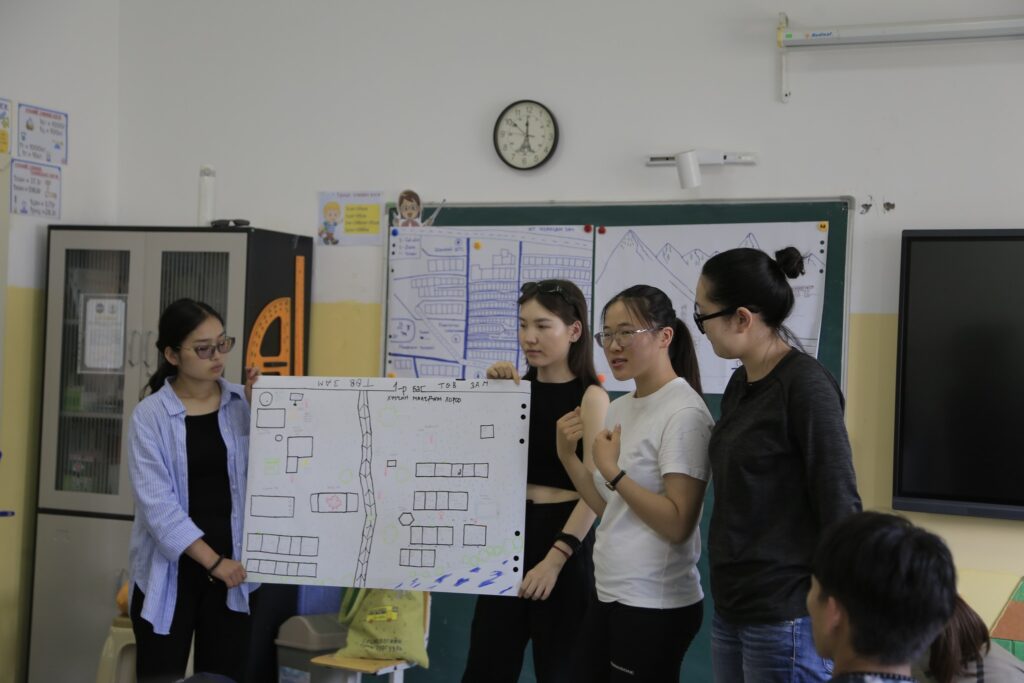
The following days
Over the next few days, we spent time listening — not just to lectures, but to the lives of the people who make up Khutag-Undur. One conversation that stayed with me was with a young farmer who had grown up in the soum, moved to Ulaanbaatar for university, and stayed in the city for a few years after graduating — only to choose to come back home and farm. In a time when so many young people are leaving rural areas in search of better opportunities, his decision felt both uncommon and purposeful. In contrast, we also met a woman originally from Ulaanbaatar who had chosen to move to Khutag-Undur with her family in search of a quieter, more peaceful life — two very different journeys converging in the same village.
We also had the privilege of hearing from guest speakers who traveled over 600 kilometers to speak with us. One was a historian who had retraced the paths of Chinggis Khan through Central Asia, Iran, and the Middle East, exploring the cultural and historical legacies left behind. Her talk, centered on the enduring core values of the Mongolian people, was deeply inspiring. Another speaker, a former diplomat and ambassador, gave a powerful presentation on Mongolia’s foreign policy landscape and national security, offering insight into the country’s position in an increasingly complex global context. These were among the most inspiring talks I heard during the entire program — rich in perspective, deeply personal, and unforgettable.
The second half of our field study
Equipped with a deeper understanding of the soum and inspired by the powerful talks we’d heard, we were ready to contribute in our own small way — to, as we jokingly said, “make the school great again.” We were once again divided into teams, this time to conduct interviews with key members of the community: teachers, parents, students, and a herder family. Visiting the herder family was a grounding experience — it reconnected us to our nomadic roots and gave us an intimate glimpse into herders’ daily lives, something profoundly important as we worked on a community development project.
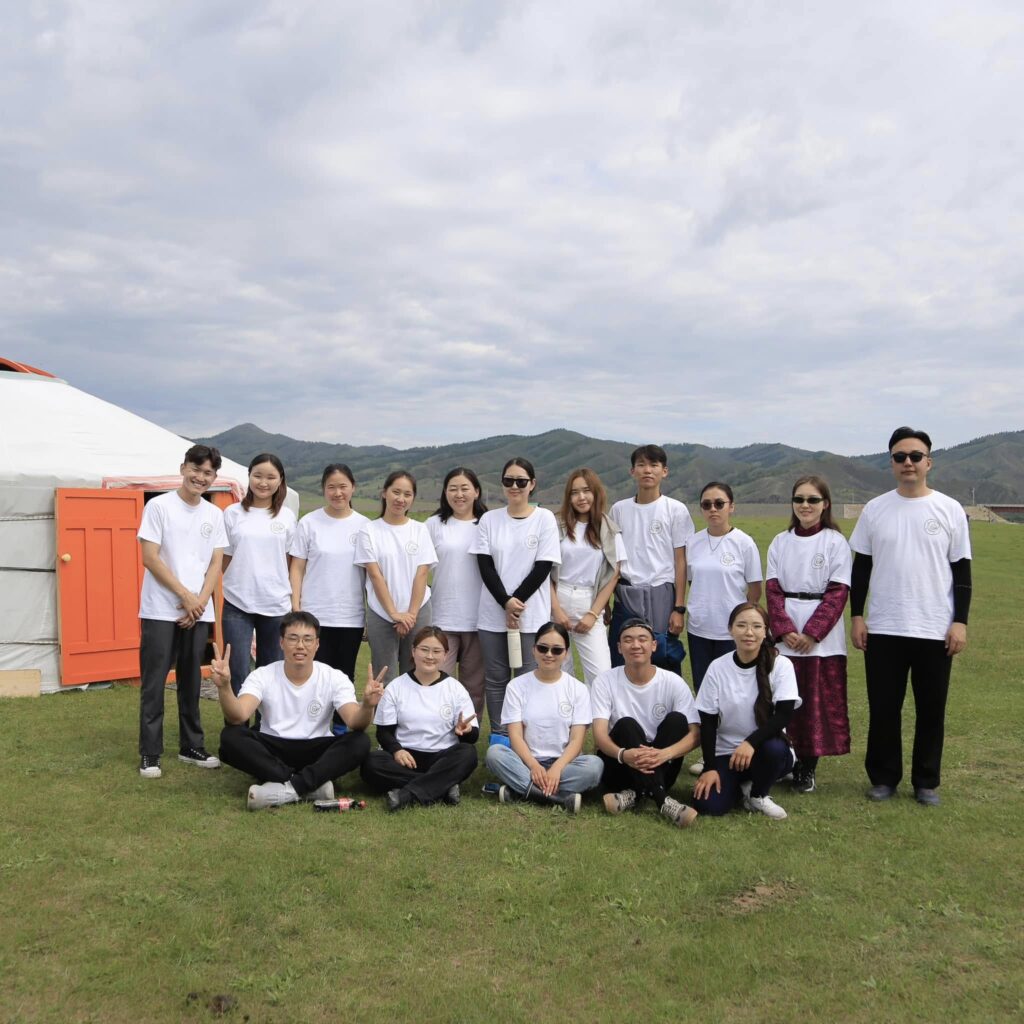
My team focused on interviewing secondary school students living in downtown Khutag-Undur. Through these conversations, we learned that while many students enjoyed school and were actively involved in extracurricular activities like sports, art, and chess, there were also quieter challenges. Verbal bullying was a common experience, often based on appearance, and some students shared that physical bullying has frequently occurred as well, especially between older and younger grades. Many of these incidents went unnoticed or unreported — partly due to a lack of awareness about what bullying is, and partly because students feared being punished alongside their bullies. We also observed that children of herders faced added hardships: limited parental involvement, financial strain, and social pressure due to dormitory overcrowding.
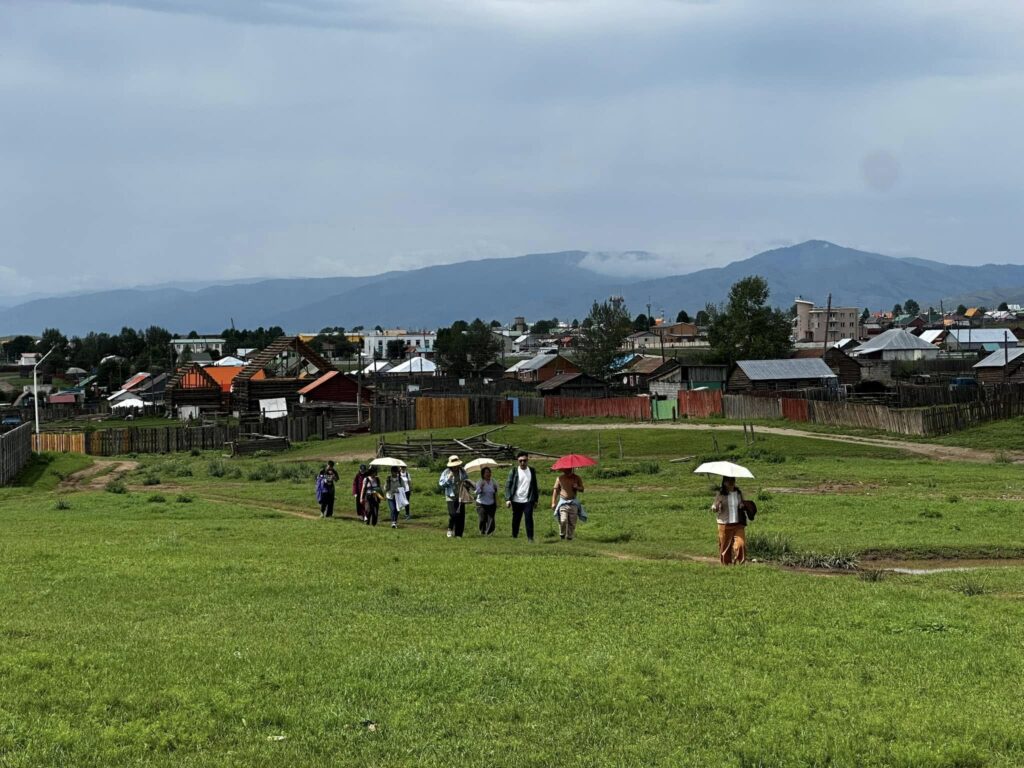
From Field Notes to Findings
The final two days were dedicated to transcribing our interviews, drawing out key insights, and sharing our findings with the other teams. As we listened to each group’s presentations and compared results, common themes began to emerge — and with them, important questions. From the students’ perspective, bullying and a lack of parental attention were among the most pressing concerns. Teachers, on the other hand, shared that they often struggle to stay in touch with the parents of herder children, as many families live in extremely remote areas with little to no mobile network access. This lack of communication creates practical challenges — for example, when students need to bring supplies from home or pay fees for extracurricular activities, delays in reaching their parents can lead to added stress and financial burden. Despite these obstacles, the students showed remarkable resilience, and many spoke warmly of their teachers, especially those who created safe and encouraging learning environments. Parents expressed worries too — particularly about their children having to walk long distances, sometimes more than 30 minutes, in the cold or after sunset along unlit streets. These concerns, echoed across interviews, pointed to deeper systemic gaps in student safety, support, and connection between school and home.
February 2025
Fast forward to February 2025 — a new dormitory building was completed and opened its doors to students. With an increased capacity of 150, the new dormitory now includes dedicated rooms for visiting parents, along with significantly improved interiors, upgraded windows and doors, and newly added bathrooms and showers.
It was heartening to know that our findings contributed to this change — a small but meaningful step toward making the school a safer, more welcoming place for the children who call it home during the school year.
